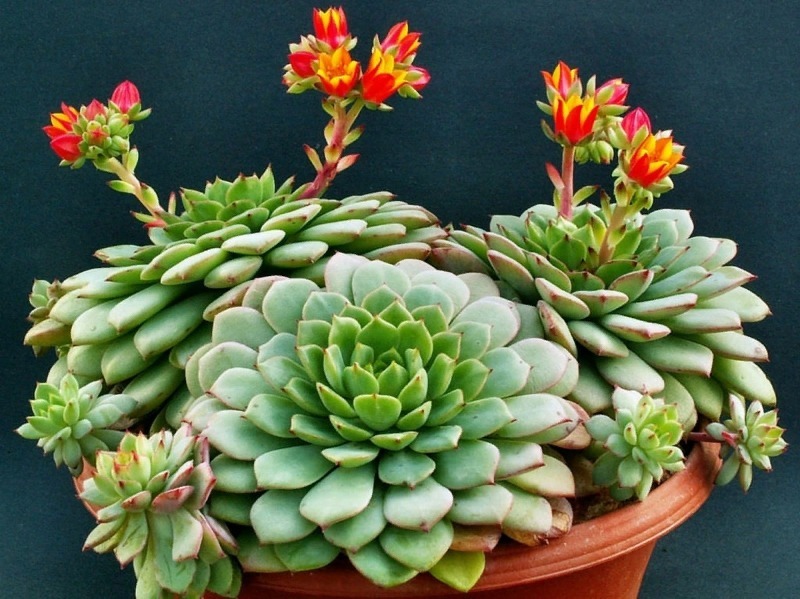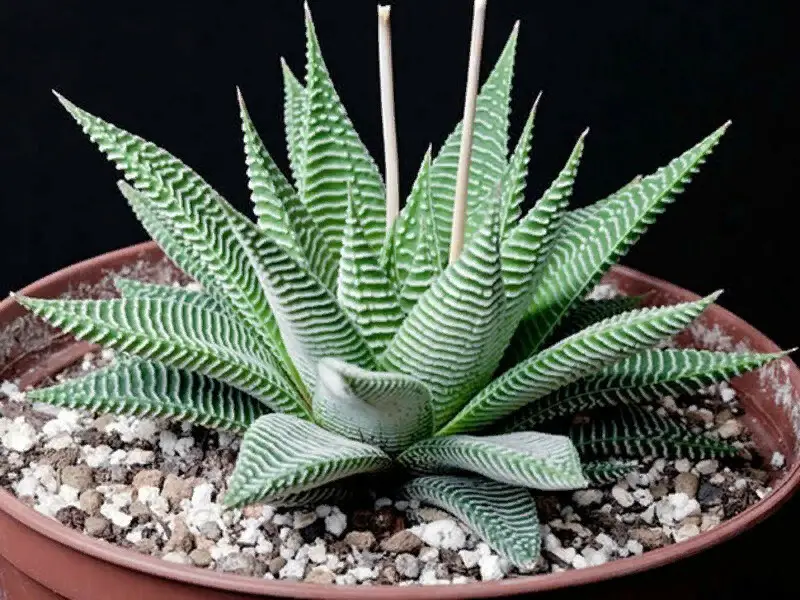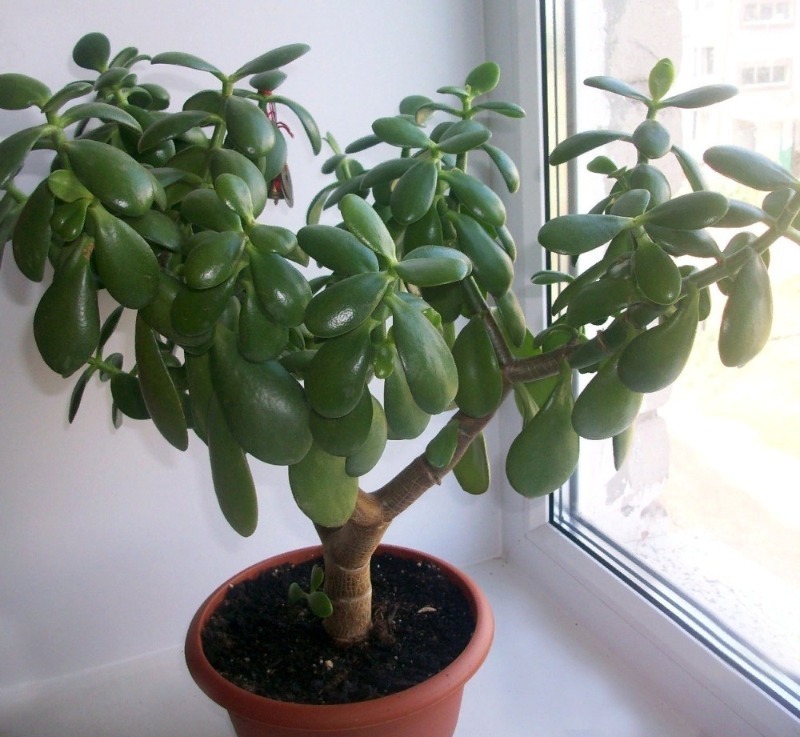Every housewife wants to create her own greenhouse but living in an apartment, this is impossible to do. For this case, plants for very small pots are suitable, for which abundant care is not needed. An excellent choice for people who spend most of their time at work or on business trips. Next, let’s talk about what types there are and the benefits of small plants.
The popularity of decorative plants for very small pots is quite justified. Miniature indoor flowers not only enliven the interior of the house but also serve as a good alternative to bulky flowerpots with palm trees and ficuses. A wide assortment of small plants makes them a godsend for creative lovers who can place an entire “garden” in one flowerpot.

benefits of having small indoor plants
The advantages of miniature plants are that they are unpretentious, take up little space and humidify the air. They can be used as decor. Most indoor plants are suitable for the sunny side. What are the advantages of plants in an apartment?
- It will become easier to breathe – plants absorb carbon dioxide and give oxygen in return.
- Flowers act as a humidifier – they evaporate 97% of the absorbed water and thereby increase the humidity in the room.
- Purify the air and improve human health.
Check it out Indoor Flowers That Bloom All Year.
plants for very small pots
These types of plants can be transplanted, they tolerate a dry climate and are not picky to care for. Many indoor plants are suitable for the sunny side. We offer you to get acquainted with the types of sprouts in more detail.
kalanchoe

The dwarf kalanchoe is a miracle of nature that breeders have presented to the world in the form of several varieties, rich in a variety of colors: from white and cream to pink and bright red.
An ornamental mini-plant is not afraid of the sun and prefers a lot of light. Small inflorescences-roses from double or simple flowers are collected in a neat bunch, framed by frequent, juicy leaves.
Dwarf Kalanchoe rarely grows above 10-15 centimeters and is not at all demanding in care: it is enough to regularly water and replant the plant.
Despite all the advantages and external attractiveness, it is very difficult to find dwarf Kolanchoe varieties on sale. The miniature indoor flower retains its decorative properties all year round. And with the right selection, the pot looks like a stylish accessory.
Recommended for you Shade Loving House Plants.
Echeveria

Echeveria is a succulent plant related to perennial grasses. The diameter of the rosette is only 15 centimeters, and the height is from 10 to 30 cm. At the moment of flowering, the succulent is amazingly transformed: it seems that the plant is made of artificial flowers.
Small bell-shaped corollas of pink, yellow or brown colors, located on a dense long stem-peduncle with a paniculate inflorescence.
The undersized bush itself consists of a large number of leaf rosettes, painted bluish or bright green. Although the plant is unpretentious, its dense, fleshy leaves are quite vulnerable.
Each of them is covered with the thinnest whitish coating, under which moisture and nutrients accumulate. At the slightest touch, the delicate shell is easily damaged and the plant suffers.
To avoid this, it is necessary to place an extraordinary flower under glass or cover it with foil. The mini-flower needs good lighting, regular watering and weekly feeding with special nutrient mixtures for succulents.
Haworthia

Haworthia is a dwarf succulent perennial, only 15 cm in diameter and 10 cm in height. It has a peculiar leaf structure. Rough to the touch, dense, covered with warty outgrowths, leaves of light or dark green colors have a narrow, pointed shape and form a basal rosette.
Fleshy and tough leaves are capable of retaining moisture and nutrients in their tissues for a long time, and, due to their infrequent arrangement, they pass sunlight well. Therefore, the plant does not need frequent watering, transplanting and feeding. It feels good even in moderately lit areas.
Haworthia blooms very rarely with small and inconspicuous white flowers that are not of decorative value. Nevertheless, the plant is very popular among amateur flower growers due to its miniature size.
See also leafy indoor plants.
Decembrist
Schlumberger’s zygocactus or Decembrist is a beautiful ornamental plant that is a representative of the genus of epiphytic cacti. The main difference between the Decembrist and many other indoor plants is that its flowering begins at a time when most ornamental crops enter a dormant period.
If from the end of September, within 6-8 weeks, watering the plants is reduced to a minimum, in winter the Decembrist will delight lovers of indoor plants with bright flowers of pink, red and orange or white.
If cacti usually treat sunlight well, then the Decembrist needs mandatory shading, otherwise the final fragments of the stems will begin to die off. In general, the plant is not too demanding to care for. However, it needs adequate watering, diffused light and good air humidity.
If the Decembrist is provided with suitable conditions for development and growth, then he will delight with his flowering for 15-20 years. A compact bush covered with graceful flowers looks very unusual in winter.
fat women money tree

The fat women money tree is an unassuming semi-herbaceous plant, which in our country is often called the money tree or the tree of happiness. The flower requires virtually no maintenance.
All this plant needs is moderate watering, bright lighting and good ventilation. The fat woman takes root perfectly in the sunny and bright corners of an apartment. It will look great in the company of relatives or other succulents as part of a decorative composition.
The plant in height has a dense crown of dense, fleshy green leaves, sometimes with red edging. They are located on the stem opposite each other, and pairs of leaves to each other crosswise.
Ancient beliefs say that the money tree is a symbol of prosperity and prosperity in the house: with each new leaf and growth of the tree, the well-being of the owner also grows.
Read also Best Organic Fertilizer For Houseplants.
Pedilanthus
The plant is named so because of the appearance of the showy inflorescences. So “pedilon” in translation from Greek means “shoe”, and “anthos” – flower. It is because of the original flowers that the plant is popular with flower growers.
The appearance of pedilanthus is very diverse and can be strikingly different from each other, depending on the climatic and natural conditions of their growth.
Pedilanthus titimaloid is a very cute and unassuming plant, which is a strongly branching small shrub. This plant has interesting foliage, colored dark green with whitish blotches in the center and at the edge.
Large-fruited pedilanthus is a succulent that has almost no foliage, but has large round-shaped water-storing shoots. Pedilanthus clawed outwardly resembles a small tree.
In indoor conditions, plants need regular and abundant watering, as they prefer highly moistened soil. They are light-requiring and feel good on sunny windowsills on the south side.
Conclusion
Unfortunately, most of our living spaces are small in size, and not every florist can afford to keep large indoor plants in a limited area.
In this case, plants for very small pots representatives of decorative cultures, which are no worse than their tall counterparts, can become an original decoration of any interior.
Everyone can afford to choose a plant to their liking: flowering, deciduous or succulent. It can become part of a stylish decorative composition without taking up much space in the apartment.
